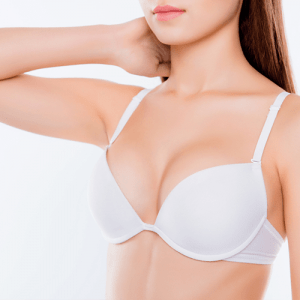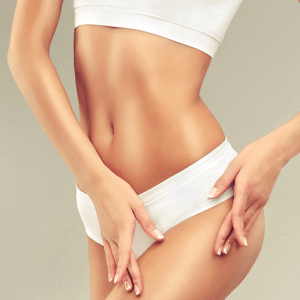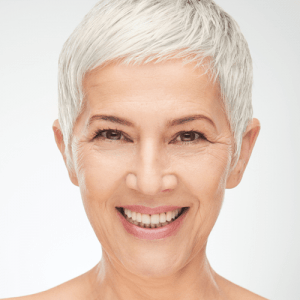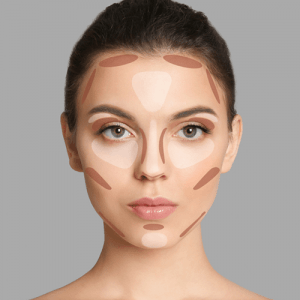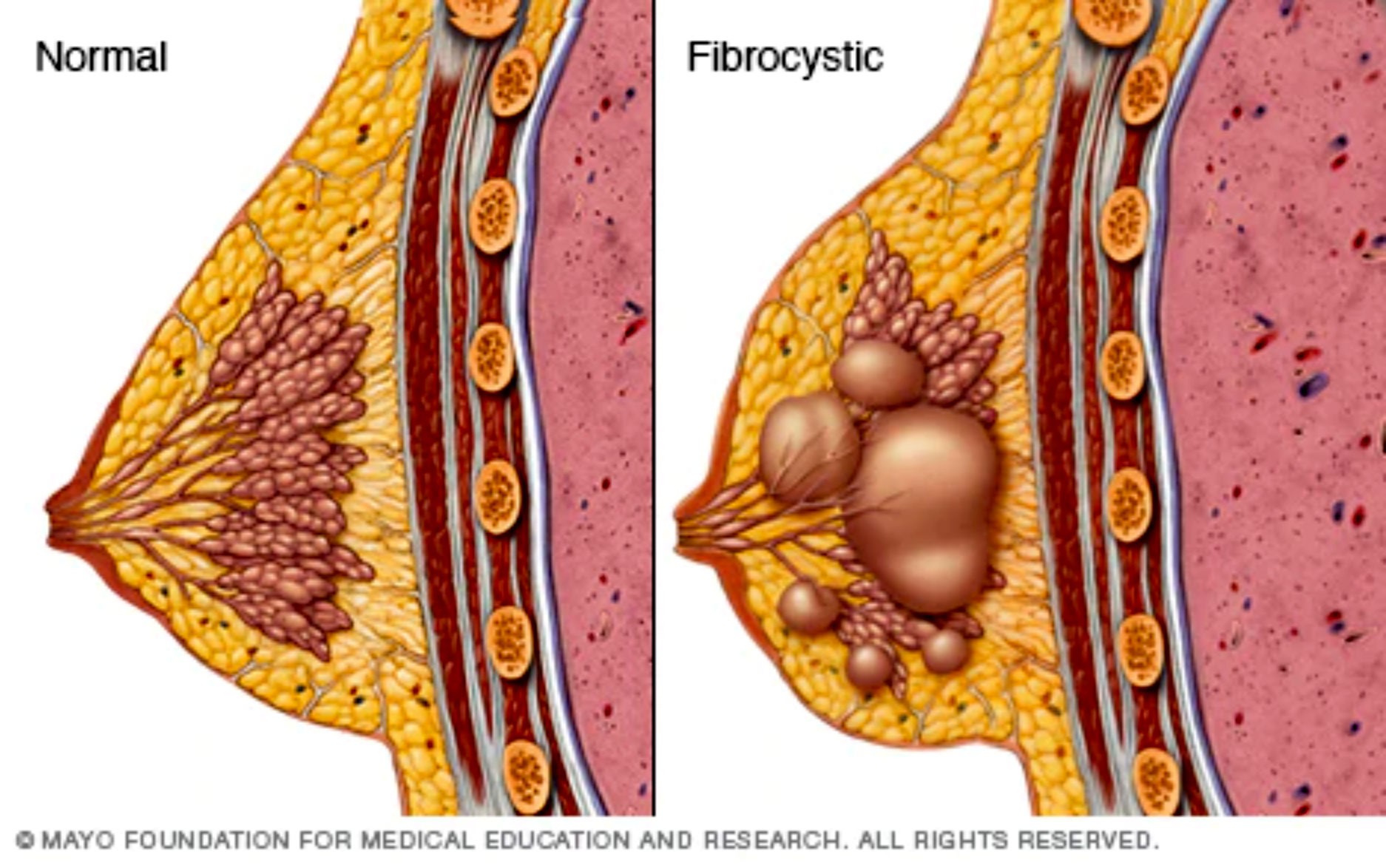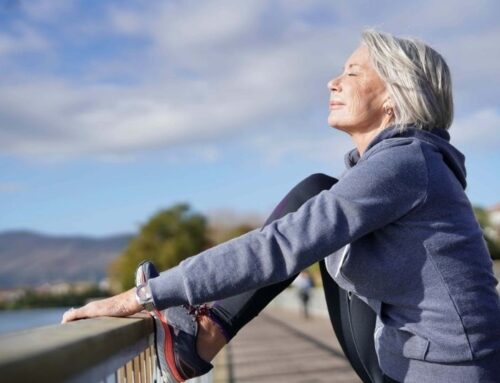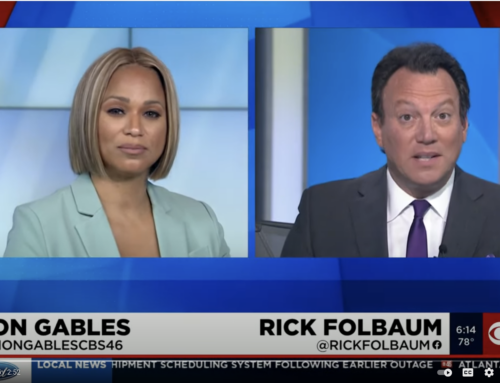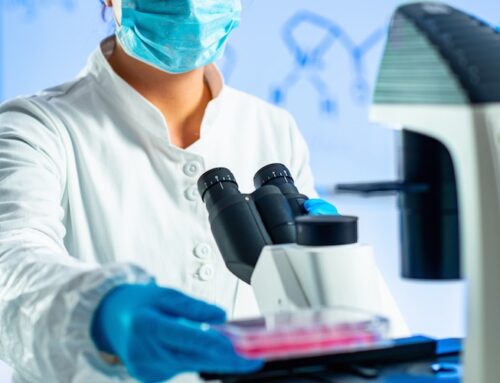Fibrocystic breast disease is a common condition in which women develop hard filled sacs or fibrous tissue in the breasts. The condition generally feels worse in the period leading up to menstruation and lessens when menstruation occurs.
It is so common that physicians now simply call it “fibrocystic breasts.” It generally develops during a woman’s 30s. The condition affects up to half of the women during their lifetimes.
It causes symptoms of swelling, thickening of breast tissue, a feeling of lumps or ropes, sharp pain, itching, and a burning sensation. It is generally thought to be caused by hormonal changes within the body.
Symptoms tend to come and go throughout the menstrual cycle.
Types of Fibrocystic Breast Disease
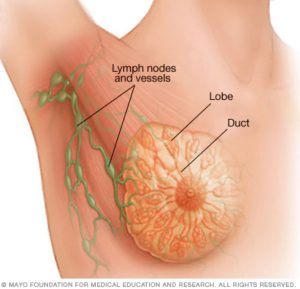
The kinds of fibrocystic breast changes that are found tend to fall into several categories. One type causes fluid to accumulate in the microscopic sacs within the breast tissue. The sacs then enlarge and may grow to one to two inches across. These enlargements can cause considerable discomfort and can be felt when examining the breast tissue.
The fibrosis form of this condition causes the tissue to scar and harden. They may feel like ropes inside the breast tissue. However, they do not increase the risk of breast cancer. They may be uncomfortable and unpleasant to the touch.
In either form, the lumps may increase before periods and may cause women sufficient concern to seek medical attention to ensure that they are not cancerous.
Treatments
If the lumps cause no symptoms, no treatment is required.
For minor discomfort, a supportive bra may help symptoms.
However, if pain and swelling is a problem, the physician may recommend ibuprofen, aspirin, or Tylenol for relief. Many women find the use of oral contraceptives help to regulate hormones and relieve symptoms. The doctor may need to remove fluid from the sacs within the breast tissue using a fine needle. For severe cases, the a board-certified surgeon may have to surgically remove the lump in the breast to provide relief.
Several home remedies can be used to relieve the discomfort of this condition. Many women find that limiting caffeine drinks such as coffee, tea, and cola drinks help to reduce symptoms. Decreasing the fat in your diet may also have a beneficial effect. Vitamin E supplements may be helpful for some women. The use of a hot water bottle or heating pad can help to reduce pain.


